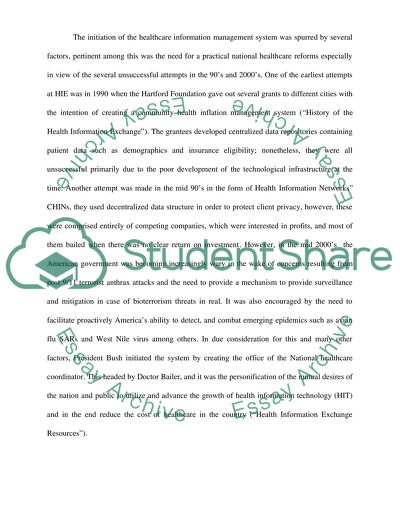Cite this document
(“The Defenition of Health Information Exchange Research Paper”, n.d.)
Retrieved from https://studentshare.org/health-sciences-medicine/1458779-the-defenition-of-health-information-exchange
Retrieved from https://studentshare.org/health-sciences-medicine/1458779-the-defenition-of-health-information-exchange
(The Defenition of Health Information Exchange Research Paper)
https://studentshare.org/health-sciences-medicine/1458779-the-defenition-of-health-information-exchange.
https://studentshare.org/health-sciences-medicine/1458779-the-defenition-of-health-information-exchange.
“The Defenition of Health Information Exchange Research Paper”, n.d. https://studentshare.org/health-sciences-medicine/1458779-the-defenition-of-health-information-exchange.


